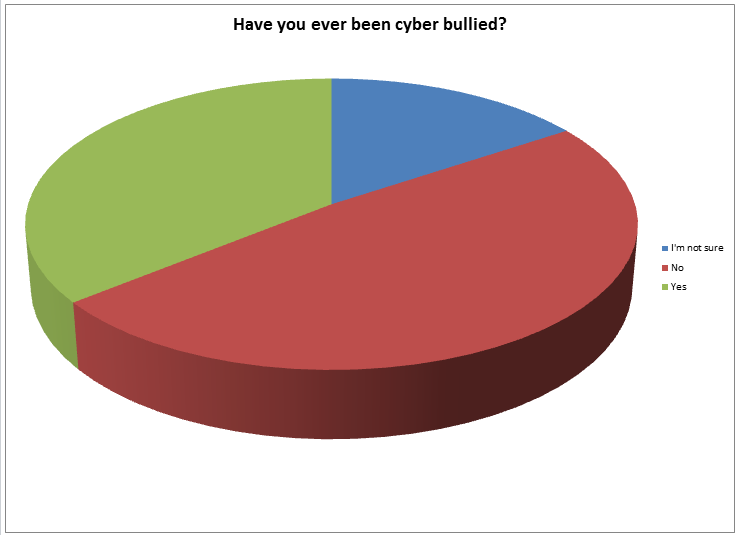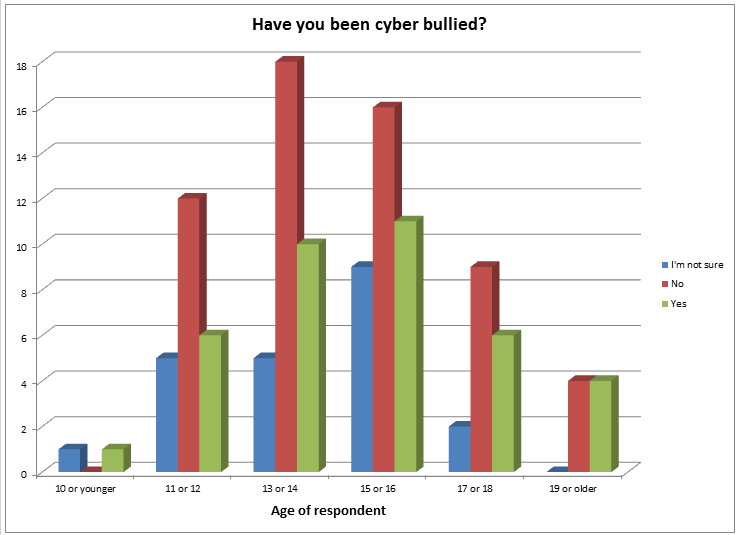If you look at every major change in our society, you will find that communication between individuals was instrumental to the change, and that in many cases, a change in how communication occurred between individuals precipitated the change itself. For example, the revolutions in Egypt and Tunisia, and the current revolution in Libya are all the result of the masses who believe in change being able to communicate that belief through social media.
What is strange about education is that by and large we know an awful lot as a profession, but the rate of change is glacial. We actually know a tremendous about how kids learn best, but schools keep re-inventing the wheel every time they encounter a new problem. Why is this? My thought is that while there are lots of great ideas out there in education, they are not generally communicated well.
So if we want to institigate change in education (and I think we do need a change) then we need to change how communication happens in schools. As much as the people reading this blog believe that change is around the corner in education, the vast majority of people involved in education are not on Twitter, they don’t read blogs, and we are lucky if they are even on an email list of any kind related to education.
We need to bring down the barriers to using these types of communication tools if we want to deepen and enrich the conversation about education. Some of the barriers include:
- Knowledge:
Most educators don’t even know that educators are using Twitter and other social media tools to connect about education. We can counteract this by being proactive and talking about these tools with other teachers. Be brave and introduce teachers you meet to productive uses of social media.
- Access:
Many educators work in areas where they don’t have access to the tools themselves because they are blocked at their workplace. It is ironic that in places that are supposed to foster learning, that some of the best tools available for learning are blocked. Here the problem is administrative, and if your school district is one in which social media is blocked, it is worth having a conversation with your administrators about its potential value to their district.
- Time:
It is hard to convince someone who is already overworked that social media isn’t just going to be "another thing" to add to their pile. Take the time to show how to use Twitter as a search engine, and as a time-saver. Show them how they can engage with other educators to brainstorm lesson plan ideas, and just generally save themselves time re-inventing the wheel. Savvy school administrators could even build time into schedules expressly for the purpose of communicating & sharing with other educators.
- Permission:
In many school districts, there is an explicit policy against using social media professionally. In others, there is a fear of using it incorrectly and having it destroy your career. This problem can be best mitigated by sharing the stories of the thousands of educators who are using it effectively (while keeping their jobs). Point out that the people who have lost their careers as a result of social media were actually involved in some pretty stupid activities already. Make the recommendation that if you wouldn’t say it to your boss, you probably shouldn’t put it in print. We also need to develop policies around social media which recognize that teachers are learners too, and that people who are learning make mistakes.
- Fear:
Educators are afraid someone will steal their ideas. They are afraid that someone will reject their thoughts and dismiss them out of hand. When you visit stories on major news websites about education, and read the comments, you can see that a lot of their fear is justified. How can we combat this? I think we need to build a sphere of trust wherein educators feel comfortable sharing and know that at least within this sphere, they will at worst receive constructive criticism.
It is my opinion that if a school district adopted a social media policy which was intended to promote open dialog between the educators in their district, and then encouraged educators to use social media responsibly to communicate with each other, that this would be far more effective in terms of changing their school system than any professional development day could ever be.




